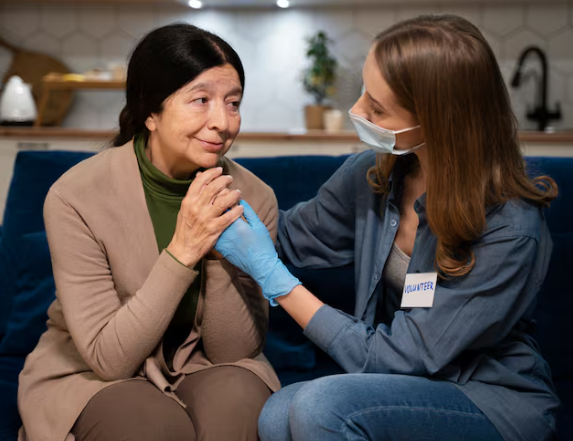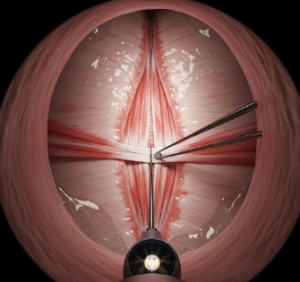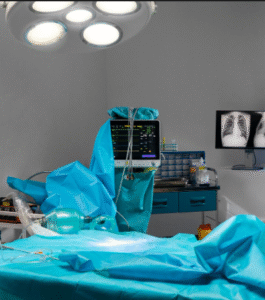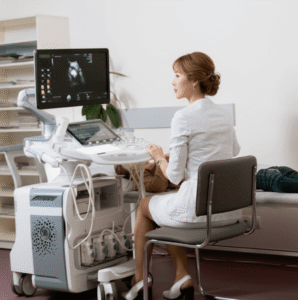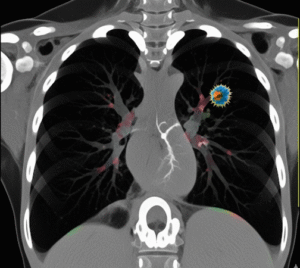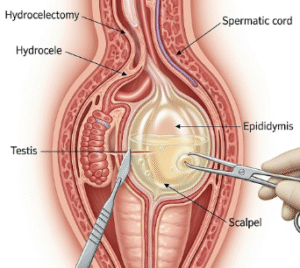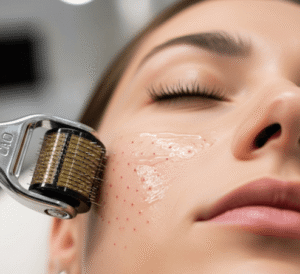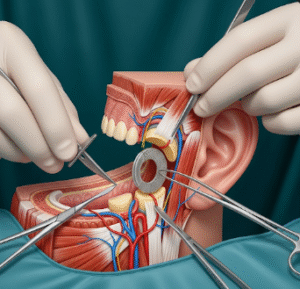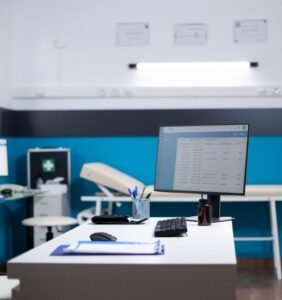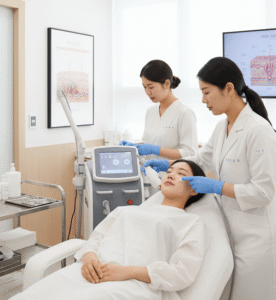As Korea’s population continues to age, Parkinson’s disease (PD) has become a growing concern, driving researchers, clinicians, and biotech innovators to find more effective therapies. Korean institutions are now at the forefront of stem cell research, neuromodulation, and integrative medicine to treat and potentially slow the progression of this complex neurological disorder.
The latest studies and clinical trials demonstrate Korea’s strong commitment to advancing regenerative medicine and patient-centered approaches that go beyond symptom management to focus on neural restoration and quality of life.
1. Stem Cell and Regenerative Therapy Innovations
Stem cell therapy is one of the most promising frontiers in Parkinson’s treatment, and Korean scientists are leading groundbreaking trials in this field.
S.Biomedics’ A9-DPC therapy has recently entered phase 1/2a clinical trials. This therapy uses embryonic stem cell–derived dopaminergic precursor cells, which are transplanted into the brain to replace damaged neurons and restore dopamine function. It marks one of Asia’s first trials using this advanced cell-based approach.
Another research effort from Biostar Stem Cell Research Institute explores autologous fat-derived stem cells. The treatment involves extracting stem cells from the patient’s own fat tissue and reintroducing them intravenously and into spinal cord spaces over multiple doses. The aim is to repair neuronal damage and improve motor function without the ethical concerns linked to embryonic sources.
These regenerative approaches represent a shift from traditional medication-based treatments toward cellular regeneration and neuroprotection, aiming to slow or even reverse Parkinson’s progression.
2. Integrating Korean Medicine and Conventional Treatment
Korea’s healthcare model is unique in its integration of Western medicine with traditional Korean medicine (KM). Recent data shows that nearly 1 in 10 Parkinson’s patients in Korea has used KM services, especially acupuncture and herbal treatments.
Acupuncture has gained attention for its potential to improve motor control, posture, and tremor symptoms. Some small clinical studies reported that KM therapies enhanced gait and reduced stiffness, complementing conventional medications. Herbal formulations targeting oxidative stress and neuroinflammation are also being explored as adjunct therapies.
While the evidence is still emerging, these integrative approaches are valued for supporting patient comfort, emotional stability, and mobility, offering a more holistic model of Parkinson’s care.
3. Advances in Neuromodulation and Technology-Based Therapies
In addition to biological research, Korean hospitals are actively testing neuromodulation and device-based therapies.
• Transcranial Direct Current Stimulation (tDCS): This non-invasive technique delivers mild electrical currents to stimulate brain activity and improve motor symptoms. Korean trials have shown promising improvements in gait and balance.
• Focused Ultrasound Pallidotomy: Researchers are testing MRI-guided ultrasound to target and reduce involuntary movements caused by Parkinson’s-related dyskinesia.
• Robot-Assisted Gait Training: Korean rehabilitation centers are using robotic exoskeletons to help PD patients retrain walking patterns and strengthen muscle coordination.
These interventions demonstrate how Korea’s technological strength is merging with neurology to create non-pharmaceutical options that enhance patient independence and quality of life.
4. Supportive Policies and Clinical Trial Expansion
The Korean government has been proactive in encouraging innovation in regenerative and neurological therapies. Under the Advanced Regenerative Medicine Act, clinics and research centers are now allowed to develop and test stem cell and immune cell treatments for severe diseases such as Parkinson’s.
This policy shift has led to a surge in clinical trials led by institutions such as Seoul National University Hospital, Samsung Medical Center, and Asan Medical Center. These hospitals are not only testing regenerative treatments but also combining them with rehabilitation and digital monitoring systems for better long-term outcomes.
The expansion of clinical trial infrastructure ensures that patients have access to cutting-edge therapies within Korea, reducing dependence on overseas research programs.
5. Challenges in Parkinson’s Research
Despite significant progress, several challenges remain before these therapies can become mainstream.
• Long-term safety: The full effects of stem cell transplantation and immune-based treatments require years of observation.
• Scalability: Producing consistent, high-quality stem cell lines for therapy remains complex and costly.
• Evidence gaps: Some Korean medicine studies are small-scale, making it difficult to generalize results.
• Integration: Coordinating biological therapies with neuromodulation and rehabilitation still requires standardized care pathways.
Experts emphasize that addressing these challenges through collaborative research and patient monitoring will be essential to achieving reliable and reproducible outcomes.
6. Future Research Directions
Korea’s Parkinson’s research ecosystem is expanding rapidly, blending neuroscience, biotechnology, and data-driven medicine. Scientists are focusing on:
• Personalized regenerative therapies: Matching stem cell treatments to patient-specific genetic profiles.
• AI-assisted diagnosis and therapy prediction: Using artificial intelligence to forecast treatment response and disease progression.
• Gene editing and neuroprotective drugs: Combining CRISPR technology with regenerative therapies to protect dopamine neurons.
• Neurorehabilitation synergy: Integrating robotics, virtual reality, and brain stimulation to enhance recovery.
• Long-term registry data: Creating national PD databases to track treatment outcomes and improve care models.
These directions show Korea’s ambition to build a comprehensive research and care network for neurodegenerative diseases.
7. The Promise of Integrative, Patient-Centered Care
Korean neurologists increasingly advocate a whole-person approach to Parkinson’s treatment — one that addresses not just motor symptoms, but also mental health, sleep, and lifestyle. Rehabilitation programs now include exercise therapy, cognitive support, and family education to help patients maintain independence and confidence.
Some hospitals are developing AI-driven monitoring tools to track symptom changes remotely, ensuring continuous care between visits. This combination of advanced science and compassionate care reflects Korea’s growing leadership in human-centered neurology.
Final Thoughts
Korea’s progress in Parkinson’s disease research reflects a powerful blend of innovation, tradition, and collaboration. From cutting-edge stem cell therapies to integrative medicine and smart rehabilitation technology, Korean scientists and clinicians are reimagining what’s possible in the fight against neurodegeneration.
While challenges remain in long-term validation and accessibility, these efforts show clear promise: a future where Parkinson’s disease is not just managed, but meaningfully reversed or prevented.

